
Dylan Klebold and Eric Harris, the only mass murderers who will be named in this essay, with the exception of Mohammad Atta.
I read about the recent shooting in Pittsburgh, and I had the same sick feeling in my gut I had when I previously read about the Las Vegas shooting, the Manchester Ariana Grande shooting, the Paris “Charlie Hebdo” shootings, or the one at the Paris Bataclan theater, or the Pulse nightclub in Orlando or the Inland Regional Center in San Bernadino — or at Marjory Stoneman Douglas High School, or the Sandy Hook Elementary shooting. They blur together, these horrible mass shootings. Almost all of these I can remember the first moments reading about them on the computer at my desk at work and wondering, “What the f….?!?!?” I could hardly believe what I was reading.
This epidemic of high publicity shootings? Why do individuals do this? It would seem natural to ask this question. Well, there are some — like watching the terrorists shoot that French policeman down at the January 2015 shooting — that are political in nature. But most of the shootings in the United States have no obvious political cause. They seem to be the work of a tiny fringe of deranged and isolated loners acting for their own private reasons.
Much ink has been spilled trying to analyze these tragic events. Is it a gun control issue? Access to a gun, especially an assault rifle, is clearly a component. Is it a mental health issue? It seems the vast majority of these shooters are unhinged. They are lonely, angry, and strike out. Is it a mass media issue? The shooters are aware of the vast attention their acts will garner in the press.
It is understandable that mourning and outraged individuals would seek for a rational cure to these shootings — pass a law, create a new policy — do something, anything! I fear that will not stop these shootings. In a country with 240 million guns it will be almost impossible to make it so the lone wolf shooter can’t get access to one somewhere. Strict gun laws in California have not stopped criminals from getting and using guns in crime. Dana Loesch, whose public comments on the topic I usually find to be tedious screeds, makes a good point to a formulaic call for more gun control here:
What happened was horrific. Evil is real. So are CA gun laws:
– Universal BG checks
– May issue
– 10 round mag limit
– Purchase limitations
– 10 day waiting period
– No reciprocity with other states
– “Assault weapons” ban & registration
– Ammo thru FFL
– Registration if moved https://t.co/lGG6HxxUrc— Dana Loesch (@DLoesch) November 8, 2018
Or maybe you would like to go further and simply get rid of the guns? Trying to ban and confiscate guns by the millions would create more political harm than good in a country like America with a history of private gun ownership and millions of hunters and firearms enthusiasts. There would be violence if you tried to do so.
Is it really access to guns which have created these shootings? Americans have always had easy access to guns, but these mass high publicity shootings are a relatively recent phenomenon. Why is it that people with guns did not shoot up their schools or workplaces in the 1970s or 1980s when I was growing up? Why do a deranged few do it now, and not then? What has changed in American society?
Because it would seem that society has changed. Our national mindscape is different. The links which connect us have changed — they have frayed. Society, while “freerer,” is also weaker when it comes to actions which are “forbidden” or not. Shooting up your home, school, or place of work or worship used to be taboo. Or it wasn’t even taboo, as nobody conceived it would happen. It is not taboo anymore. Obviously.
When I was in high school in the early 1980s I never saw police officers at my school. The idea that someone would show up to school and start randomly shooting at students was unthinkable. Not infrequently as a teacher now I scratch my head and wonder how strange and absurd these school shooter drills are. In the 1950s public schools held nuclear war drills; when I was in school we prepared for earthquakes; now schools have “active shooter” drills. I have asked my students semi-rhetorically, “What is wrong with young people in your generation that teenagers shoot up their schools?” But it is not only schools that get shot up by teenagers — older Americans shoot up their place of work or church or wherever. Could anyone have done these things decades ago? Sure. But nobody did. There was the University of Texas shooting way back in 1966, which is arguably the first of these.
But Columbine seems to have been the true beginning of these high profile mass shootings that have come to plague us.
The April 1999 Columbine High School shooting hit the national consciousness hard. It haunted the national imagination. It seeped into the thinking of just about every American — became part of the national folklore.
A psychopath, Eric Harris, who influenced a depressed peer, Dylan Klebold, to follow his example in carefully planning the mass shooting for months at Columbine High School. They left notebooks and sketches; they made videos beforehand that were meant to be watched after the deed was done and they were dead. It was a creative act of extreme violence par excellence executed for a mass audience – performed for the camera. “Check out what we’re gonna do! Can you believe it!?!” they suggest to the viewer, tongue in cheek.
And it appears to have set an example that other disturbed persons were to follow. Later school shootings seem to be echoes of this primordial act. Eric Harris was the inspiration — an evil genius — the prototypical “school shooter” — and many of the school shooters for decades later copiously studied and made notes on what happened there. They studied the master, and they sought in their own way to imitate him. They were inspired by Columbine, and they followed in the same mold. “Fuck it! We’re going in!”
Author Malcom Gladwell wrote persuasively about this communicable nature of these shootings —
“Then came Columbine. The sociologist Ralph Larkin argues that Harris and Klebold laid down the “cultural script” for the next generation of shooters. They had a Web site. They made home movies starring themselves as hit men. They wrote lengthy manifestos. They recorded their “basement tapes.” Their motivations were spelled out with grandiose specificity: Harris said he wanted to “kick-start a revolution.” Larkin looked at the twelve major school shootings in the United States in the eight years after Columbine, and he found that in eight of those subsequent cases the shooters made explicit reference to Harris and Klebold. Of the eleven school shootings outside the United States between 1999 and 2007, Larkin says six were plainly versions of Columbine; of the eleven cases of thwarted shootings in the same period, Larkin says all were Columbine-inspired.”
It is almost as if the media, in giving a mouthpiece to this tiny number of unusual loners like Eric Harris who desire to harm their fellow Americans, has empowered them to commit heinous acts of violence which then make them infamous. I imagine the loser in the corner who “nobody knows nor cares to know”; it is better to go down shootings with your name famous and on everybody’s lips than to live ignored and irrelevant to everyone else. “We’ll be famous!” They were right.
I remember on the practice court at my tennis club watching the videos made by the Santa Barbara shooter in April of 2014. He blamed women for the murders he was going to commit, because he could not conciliate a sexual relationship with any of them. In a rage he would drive around the residential Isla Vista neighborhood near UCSB and shoot and kill attractive college girls supposedly enjoying a full social life with romantic liaisons with young men, and he would kill those sexually successful men, too. I could not believe the immaturity of what I was hearing. My mouth was probably hanging open.
“What an asshole!” I remember thinking to myself incredulously. I was sitting there on a tennis court bench sweating in the afternoon sun watching his youtube video on my iPhone, and I could hardly believe what I was hearing and seeing. The shootings had happened the day before only 40 miles away. That guy made those videos for me, and others, to watch after his death. I might hate him for what he did, but I would not forget him. These mass murderers know smartphones all over the nation are suddenly lighting up with news of what they have done.
And then on April 23, 2018 in Toronto, Canada a copycat killer took the lives of ten pedestrians by driving onto the sidewalk with his car for supposedly the same reasons as did the guy in Santa Barbara four years earlier — rage at a failure to gain sexual satisfaction from the opposite sex. And I would hear the term “incel rebellion” almost for the first time. How many “incels” are there in North America? Not many, I imagine. But enough. Supposedly, last week on November 2, 2018 another “incel” shot up a yoga studio in Tallahassee, Florida, killing three. Do you think he knew about and was inspired by those other two “incel” acts of murderous violence? Had the path for him to operate been clearly marked? Had he read about it online? Had he decided to do the same? Does the media and the Internet contribute to the rise of such acts of hate?
And now yesterday in almost my backyard, Thousand Oaks. Some disturbed former Marine shoots up a bar full of college students. I don’t know much about him, but I suspect he will be found to be isolated, disturbed, unhappy and with little going for him. Sitting at home lonely and frustrated, while the rest of the world goes about its business. There are all these CLU and Pepperdine students frolicking at Borderline Bar and Grill, drinking and dancing and flirting. All these people on their way to successful lives and having a good time. I went to that popular bar once, twenty seven years ago — I know what it is like. Look at those hundreds of happy young people together! Of course this unhappy, lonely, and darkly disturbed young man is going to go there and shoot the place up — he chose his target for a reason. If he cannot partake in the scene, he will destroy that scene, shooting himself afterwards. “Why not?” the guy asks.
What an asshole!
Why not shoot just yourself then? Why kill others? Innocent people?
I imagine such a shooter would rarely if ever admit to others their darker fantasies in the light of day. That would draw the attention of the authorities. But alone in front of a computer in the dark they can be their true selves. Their inner demons can come out to play. They can give sway to their temptations to the unspeakable. They can seek out the dark corners of the Internet; they are inspired by what they find. I have read that young, naive Muslims are often radicalized online and join ISIS in much the same fashion.
It is said that the Pittsburgh shooter was supposedly convinced in his virulent anti-Semitism online, although he was homicidal but not suicidal. He wanted to kill all Jews, as well as any police who got in his way. But he did not kill himself. The police shot and wounded him, and then he was arrested. But I had that same sinking feeling when I saw social media light up with reports of a shooting in Pittsburgh. “Pittsburgh? I have not heard of any shooting in Pittsburgh…” The reports were just coming in. When I read what had just happened just, I felt sick. Yet another such shooting. Much of the rest of the country felt the same, I am sure. “HIAS likes to bring invaders in that kill our people. I can’t sit by and watch my people get slaughtered. Screw your optics, I’m going in,” the shooter wrote on social media right before he started killing.
Oh, boy.
The next morning I wrote the following letter:
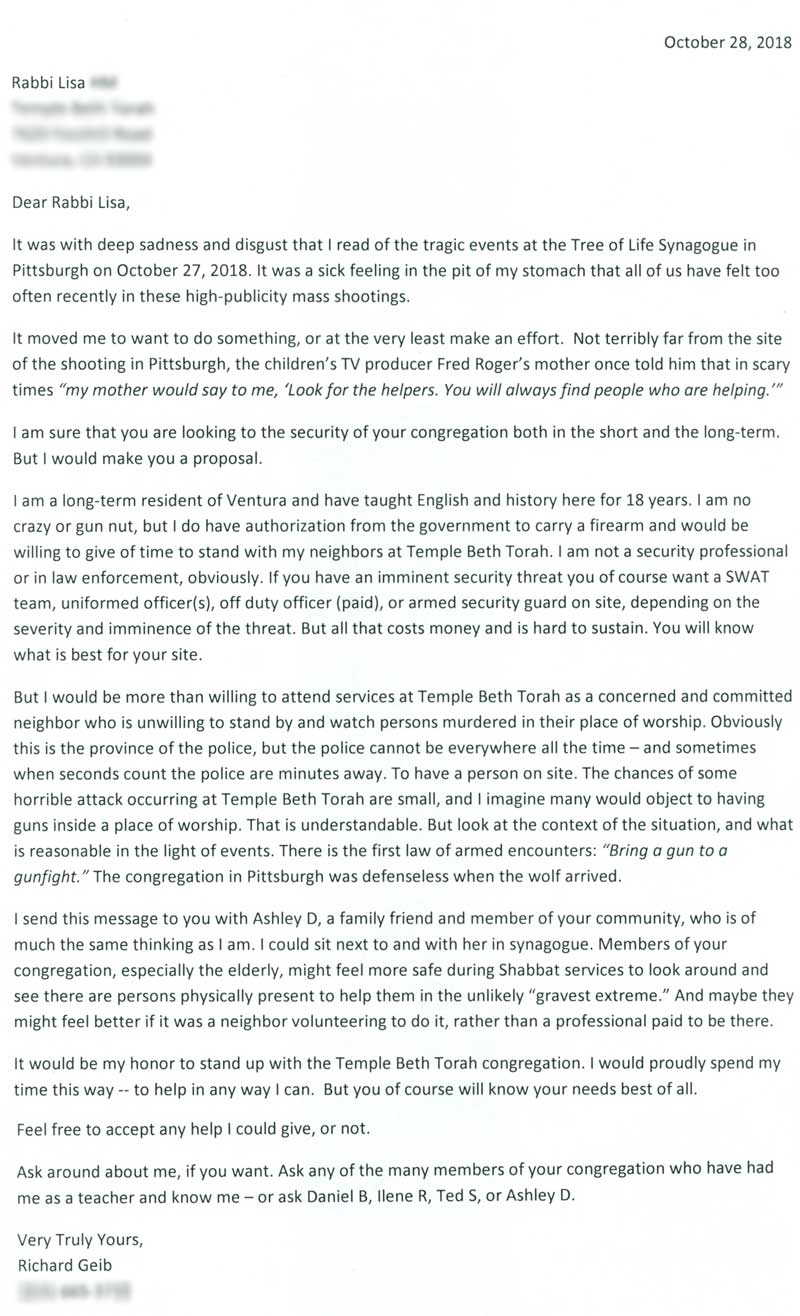
I wrote that letter in the passion of the moment the morning after the Pittsburgh shooting, and I felt better just having written it. It was writing as a sort of therapy. But I never sent the letter. The temple had money and was well organized; they did not need any help, I was pretty sure. The letter seemed presumptuous to me when I read it again a few days later. But it was written in the heat of the moment. I wrote it because I cared.
Even if I never sent that letter, I did attend a multi-faith gathering at that local synagogue on Friday November 2nd. I was proud to be there. I was just about the youngest person present, and all these very decent and altruistic geriatrics surrounded me in the audience. It was standing room only; there must have been several hundred people in attendance. My friend Ashley D. told me they did not even have this many people at synagogue during the Jewish high holidays. There were similar such gatherings at temples around the country a week after the Pittsburgh shooting to show support for American Jews. Jewish rabbis joined hands with Christian pastors, and even Buddhist and Muslim clerics attended and spoke out against hatred and violence, preaching solidarity in the face of hate. Tens of thousands of kind and decent people around the country were coming together to grieve and show solidarity. This was not nothing, but it did not change what happened a week earlier.
“How can one evil person, in a sense, have so much more power than millions of decent people?” I thought to myself when I was at temple that evening. All of us gathering afterwards to honor the murdered at the Tree of Life Synagogue could hardly put right what went wrong on October 25. There were many speakers talking about the power of love being greater than the power of hate. But the power of hate to commit acts of senseless violence has more power to shock and occupy the imagination than do the more everyday acts of kindness and love. Such a meeting at our local Ventura synagogue and in other synagogues around the county might cumulatively involved tens of thousands of people. But Eric Harris and his actions at Columbine High School remain stark in the national consciousness, and peace-and-love hug-fests don’t. Is love stronger than hate? I am not sure. Bizarre, lurid, and unusual acts of hate and violence seem to get more time in the press than gestures of kindness and love, even when those gestures are extraordinary.
Maybe that is always the nature of violence as a performance act, whether its origins be political or not.
Nineteen terrorists killed some three thousand innocent persons using hijacked airliners as guided missiles on Sept 11, 2001, and thereby terrorized hundreds of millions, grounding all civilian aircraft in North America, and causing professional baseball to be cancelled for the first time since the D Day landings in 1944. And afterwards billions of persons for decades are inconvenienced by onerous airport security and other measures that are often needless, and sometimes even counterproductive. Despite the ministrations of Christians and Muslims of good faith afterwards, inter-religious relations were set back decades, if not further, by the 9/11 attacks. They helped to start wars. It was a highly effective act of terror, a performance act designed to be viewed worldwide. Mohamed Atta’s name will never be forgotten.*
That is an extreme example.
But these couple dozen American high profile mass killings can equally traumatize the national sensibility. Columbine, Sand Hook, Virginia Tech, Umpqua Community College, Parkland, FL — the list goes on. Total outcasts. Misfits. “Broken people.” Losers, as Rich Lowry described them. They will have their day. The path has been set they will walk. The pathogen is loose upon the land. “America has a loser problem,” Rich Lowry has written.
There are some 330 million people in the United States. Even a tiny minority of them engaging in such deranged acts and we have what we have now. It is not even “losers,” really — just a tiny fringe of persons who think alike, a particular type. A handful of psychopaths who deign to commit a specific act — mass murder for the camera. But it is enough.
It would seem there is a social contagion at play with these mass murderers. Similar to how suicides seem to beget more suicides inside a particular community in “clusters,” these shootings seem to contribute to others making the decision to do same. Suicide, or the murdering of oneself, can become no longer taboo — it becomes more acceptable when one sees it done. It is conceivable; people have done it; look at that. Can the same happen with mass shootings? The taboo in murdering others can break down, too, when it is seen happening. The act itself would seem to be contagious socially to others. Is this what is happening? After Columbine the mass shooting phenomenon gains momentum, Malcom Gladwell writes, with each act influencing the next and making it more possible going forward.
“In the day of Eric Harris, we could try to console ourselves with the thought that there was nothing we could do, that no law or intervention or restrictions on guns could make a difference in the face of someone so evil. But the riot has now engulfed the boys who were once content to play with chemistry sets in the basement. The problem is not that there is an endless supply of deeply disturbed young men who are willing to contemplate horrific acts. It’s worse. It’s that young men no longer need to be deeply disturbed to contemplate horrific acts.”
The problem has grown since the 1999 Columbine shooting; the taboo of such a once unthinkable act is less. Of course the mass publicity public shootings are only a tiny percentage of the total homicides in the United States where the usual drug and gang violence make up the vast majority. But each such mass shooting etches the wound more deeply into the national consciousness. The point of an act of terror is to terrorize. It is an “asymmetrical weapon.” One gets enormous mileage out of relatively few dead.
The problem is not going away. There will be more. Evil will have its day.
Maybe this phenomenon belongs in the realm of public health. Or social psychology. Or religion and morality.
What to do? Set the Centers for Disease Control onto the problem? Maybe. Increase mental health services to those in crisis, trying to get help to the vulnerable before a crisis arrives? Sure. Make laws where those in crisis can have firearms taken away by the government. Perhaps a good idea. But these measures will be imperfect, and while some shootings may be stopped thereby it will not always work. Many such shooters fly below the radar of authorities until they kill. A nation of 330 million will have its isolated losers, and a small subset of them are empowered now to make their names famous/infamous. A person ponders the unthinkable and researches online the acts of others who have gone before, and a future act is considered and maybe enacted. There are guns around, and one can get one if one wants.
How about passing legislation banning the sale of firearms to law abiding Americans, or confiscating involuntarily millions of guns? Although some twenty percent of the American public would want this, that is not going to happen. There is that difficulty in American jurisprudence: how to keep firearms from the hands of the dangerous, without infringing upon everyone else’s 2nd Amendment rights. Criminals can get their hands on guns, no matter what the law says, as is seen almost daily. There are some 240 million guns in America today! As Gladwell claims, “Let’s not kid ourselves that if we passed the strictest gun control in the world that we would end this particular kind of behavior.” Or how about try to pass laws making it illegal to publish the names of mass shooters in the press, thereby denying them a platform for the performance art which their murder/suicide are? The media have a duty to report the news. Or to seek to erase mentions of such acts of hate and terror from the Internet? Or ban social media? The 1st Amendment in such cases will be as formidable an obstacle as is the 2nd Amendment. The remedy could be worse than the disease.
The problem is complicated (Mental health? Gun control? Frayed social bonds? Not knowing right from wrong? Mass media and the Internet? “Broken” kids?) and the solutions maybe even more complicated, and I am afraid there will no end to these shootings anytime soon. There is no easy answer — no easy solution. We don’t know how to stop these shootings.
As Rich Lowry wrote, “It’s evil and pathetic, infuriating and sad, and, by the looks of it, a persistent feature of 21st-century American life.. and it’s horrifying to behold.”
But this much is clear: the “incels,” or whatever angry outcasts, have come into their own. They will not live isolated on the margins of society, while others enjoy their lives. They will not be sidelined and ignored. You will understand their pain, you will see their rage, you will remember their names.
It is the rise of the lonely losers, or at least a tiny subset of such men.
Yes, they are always men. Or, more appropriately, they are “boys.”
Sigh.
*Mohammad Atta was a sex-starved, incredibly immature young man — most probably a virgin when he died, like the Isla Vista shooter. Interesting this connection between sexual hunger/deprivation in young men on the one hand and extremism and violence on the other!
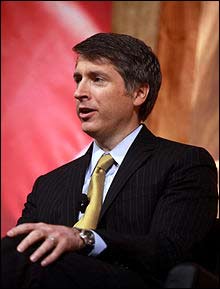 Rich Lowry
Rich Lowry
“Their crimes are, in their diseased view, feats of grandeur. They make up for the sting of failure and rejection. They give them a chance at perverse consequence and notoriety otherwise not available to them in their marginal lives and social isolation…
Yes, Cesar Sayoc might have been eking out an existence as a homeless strip club DJ, but he might kill or maim, or at least frighten, a titan of international finance. Yes, Robert Bowers might be the man living in a shabby one-bedroom apartment whom no one knew or cared to know, but he would act to save his race from “genocide.” Yes, Nikolas Cruz might be a miserable kid obsessed with video games, but his name will now long live in infamy.
It’s evil and pathetic, infuriating and sad, and, by the looks of it, a persistent feature of 21st-century American life. What Emile Durkheim called anomie has been weaponized, and it’s horrifying to behold.”
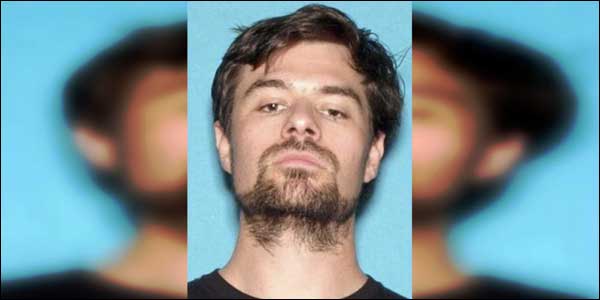


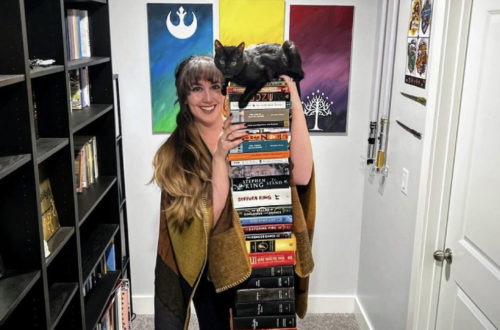
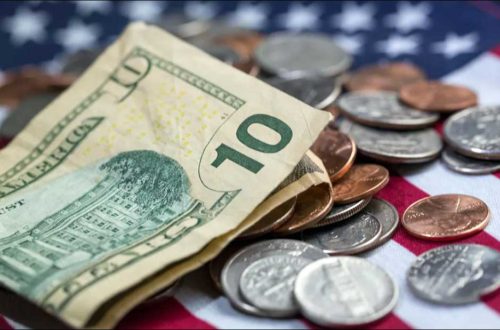
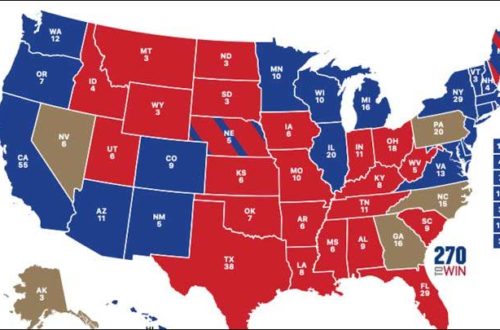
One Comment
Van Bamm
Flip the cultural script on the losers and embarrass the hell out of them. Find compromising/unflattering info on them, in life, or death, so similar losers get the chills and say “Gosh, I don’t want this to happen to me!” I notice the Virginia Tech Guy called Klebold and Harris “martyrs” (which he really meant as “cool guys”). There will be a need to fight “martyrs” with “eww, these guys are losers” – The Chardion, Ohio shooter unfortunately comes to mind too – the court allowed him to self-aggrandize when he should have been forbidden from doing so.
It’s time to twist the arms of the media and purposefully make them take away the “coolness” of shooters. Also use deplatforming (ask private websites like Facebook, Twitter, Reddit, etc. and private webhosts like Godaddy to remove pro-school shooter sites).